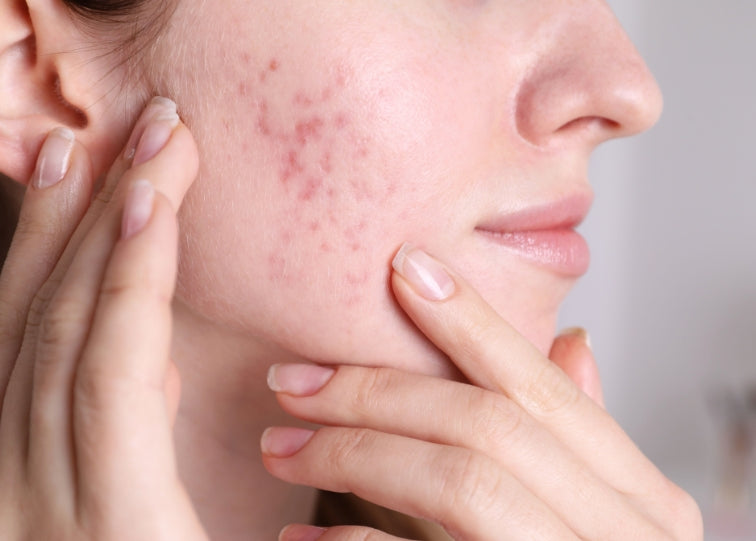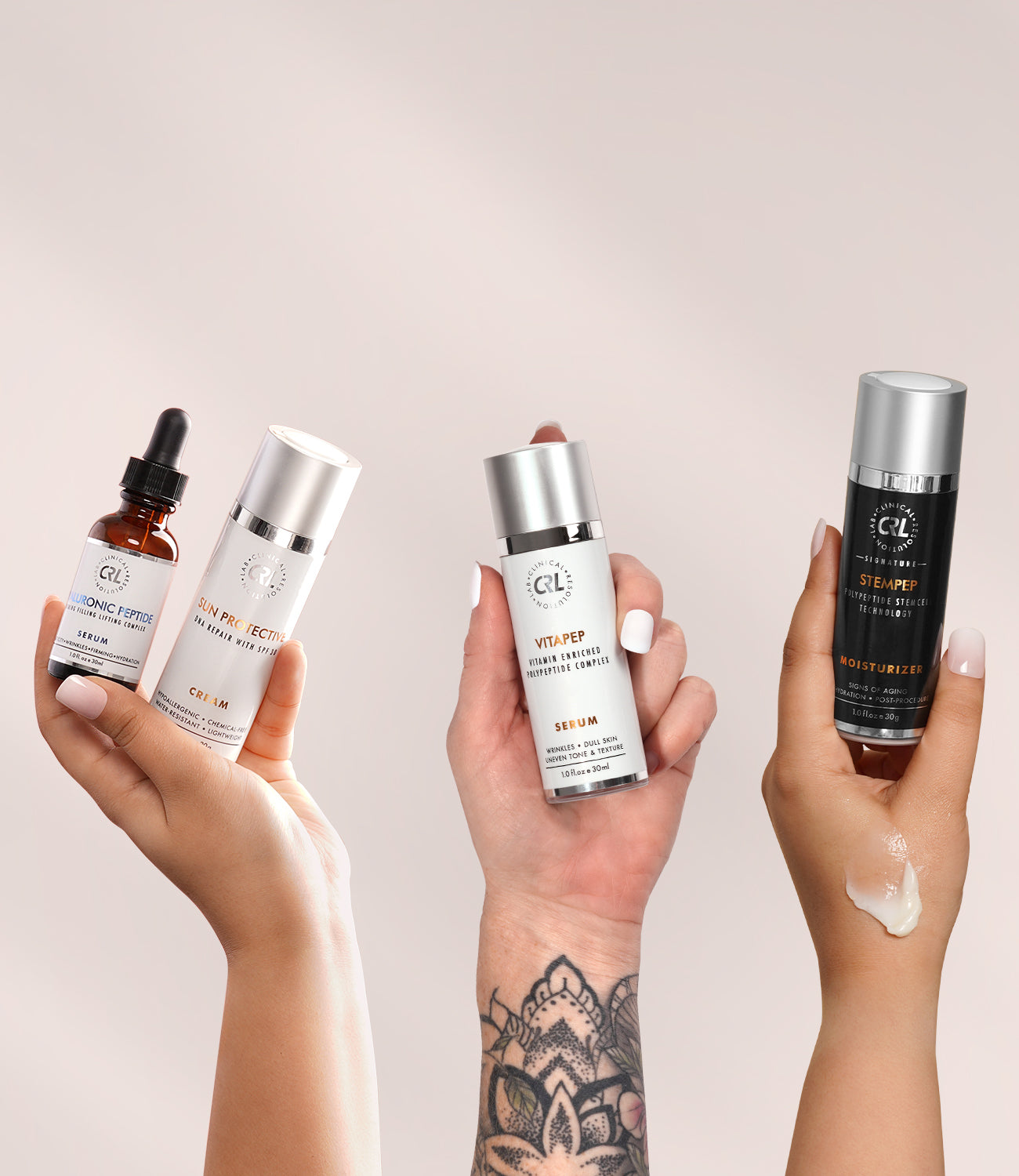
Acne scars are one of the most common skin concerns, often leaving behind dark spots, uneven texture, and redness even after breakouts have cleared. While dermatology treatments like chemical peels, lasers, or microneedling can be effective, not everyone wants to go through invasive or costly procedures. The good news? There are proven ways to treat acne scars at home.
Why Do Acne Scars Happen?
Acne scars form when inflammation from breakouts damages the skin tissue, leaving behind pigmentation (dark spots) or texture irregularities. The severity of their appearance often depends on the type of acne and how the skin heals. Treating them requires patience, consistency, and targeted skincare.
Type of Acne Scars
Not all acne scars are the same, and the treatment approach depends on their type and depth. Understanding which kind you have can help you set realistic expectations for what skincare can achieve versus what may require professional treatment.
1. Atrophic Scars (Indented Scars)
These are the most common type of acne scars, caused by a loss of collagen during the healing process. They appear as shallow or deep indentations in the skin. Atrophic scars are further divided into:
- Ice Pick Scars – Narrow, deep pits that look like tiny holes in the skin.
- Boxcar Scars – Wider, rectangular depressions with sharp edges.
- Rolling Scars – Wavy or uneven indentations that give the skin a rolling texture.
Can skincare help?
Topical treatments (like brightening serums, exfoliants, and barrier-supporting products) can improve overall skin tone, hydration, and surface texture, but deep atrophic scars usually cannot be fully corrected with skincare alone. Professional treatments such as microneedling, fractional laser, or dermal fillers are often recommended for more significant improvement.
2. Post-Inflammatory Hyperpigmentation (PIH)
These appear as flat, dark spots left behind after a breakout. They are not true scars but rather pigmentation changes. The good news: PIH responds very well to skincare with ingredients like arbutin, licorice root, niacinamide, and gentle exfoliants.
3. Post-Inflammatory Erythema (PIE)
These are red or pink marks that linger after pimples, especially in lighter skin tones. They’re caused by damaged blood vessels rather than pigmentation. While skincare can help calm and strengthen the skin barrier, PIE often takes time to fade on its own. In some cases, vascular laser treatments can speed up results.
Best Ways to Treat Acne Scars Without Harsh Procedures
1. Always Protect Your Skin with Sunscreen
UV rays can darken post-acne marks and slow the healing process. Using a broad-spectrum SPF 30 or higher daily is one of the most important steps in fading acne scars naturally.
2. Gentle Exfoliation for Skin Renewal
Mild exfoliants like lactic acid or mandelic acid help with skin cell turnover, gradually improving discoloration and texture. Unlike harsh peels, these acids are safe for long-term use and good for sensitive skin.
3. Strengthen the Skin Barrier
Healthy skin heals faster. Look for moisturizers with hyaluronic acid, ceramides, or vitamin B5 to keep the skin hydrated and resilient. This supports scar recovery while reducing redness and irritation.
4. Use Targeted Brightening Ingredients
Instead of aggressive bleaching agents, focus on brightening serums that reduce melanin production and calm the skin. This approach fades hyperpigmentation without the risk of further irritation.
Best Ingredients for Acne Scars
When treating acne scars, look for products with:
- Arbutin – Fades dark spots and prevents new pigmentation.
- Peptides – Help repair damaged skin and improve elasticity.
- Licorice Root Extract – Soothes inflammation and brightens uneven skin tone.
- Vitamin B5 (Panthenol) – Strengthens the skin barrier and aids in healing.
- Botanical Extracts – Provide antioxidants and hydration for skin repair.
Recommended Skincare for Acne Scars
Premier Spot Corrector Serum
A highly effective yet gentle treatment, Premier Spot Corrector Serum targets uneven skin tone, hyperpigmentation, and acne scars, without irritation or downtime.
Key Ingredients:
- Arbutin (2%) – Brightens dark spots and discoloration.
- Nonapeptide-1 – Targets pigmentation pathways to reduce future spots.
- Licorice Root Extract – Calms redness while improving clarity.
- Pea Extract – Helps reduce the look of environmental discoloration.
- Cucumber Extract – Provides soothing hydration.
-
Vitamin B5 (Panthenol) – Repairs the skin barrier and reduces irritation.
Benefits:
- Visibly brightens and evens skin tone
- Reduces the appearance of acne scars and dark spots
- Encourages collagen production for smoother skin
- Provides antioxidant protection against free radical damage
-
Gentle and irritation-free, even for sensitive skin
Final Thoughts: A Gentle Approach to Acne Scars
Treating acne scars doesn’t always require lasers, peels, or needles. With consistent sun protection, gentle exfoliation, and targeted brightening serums, you can achieve a smoother, more even complexion naturally.
Suppose you’re looking for a safe, at-home solution to fade acne scars and restore radiance. In that case, Premier Spot Corrector Serum is a dermatologist-inspired formula designed to deliver visible results without harsh side effects.




